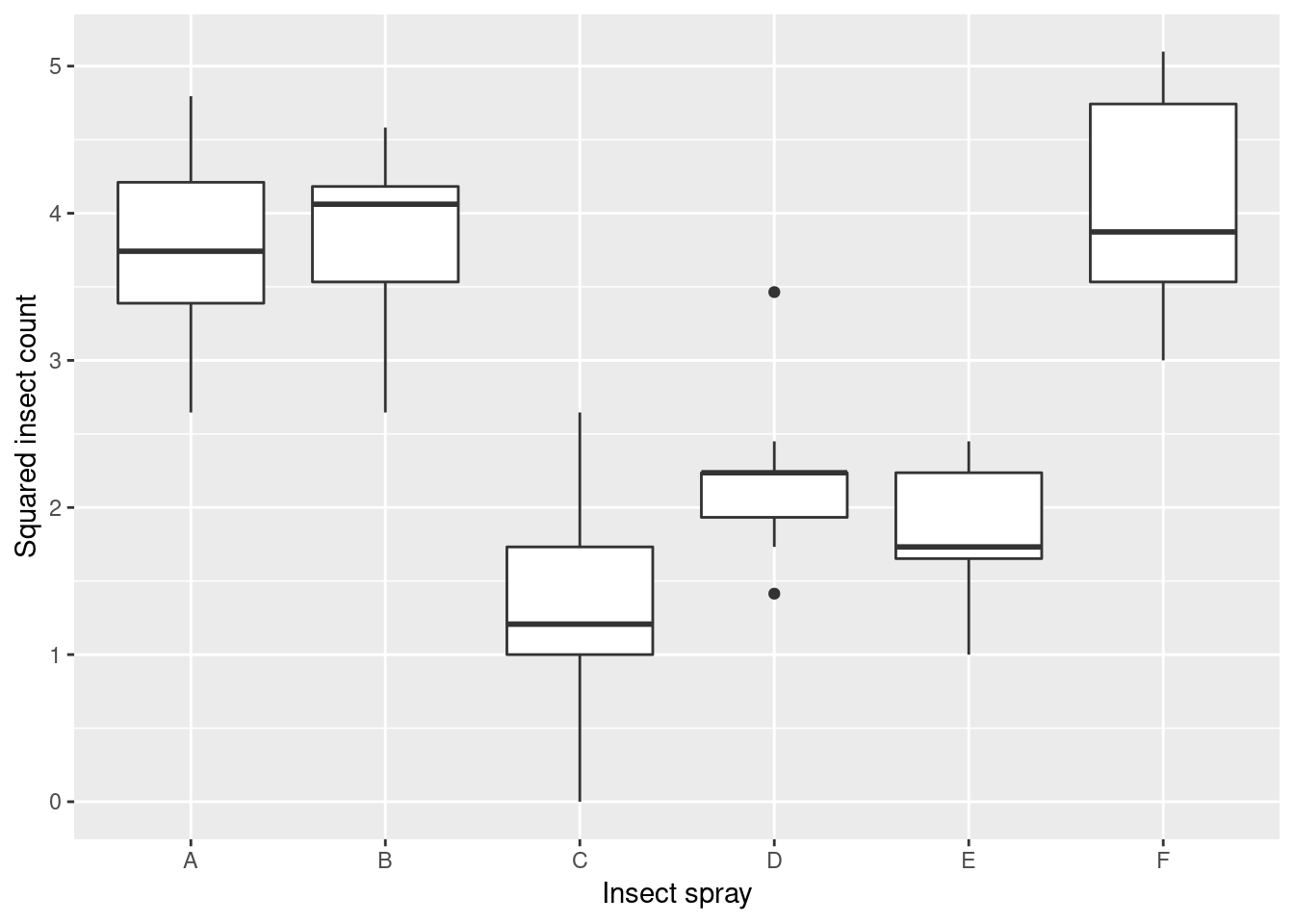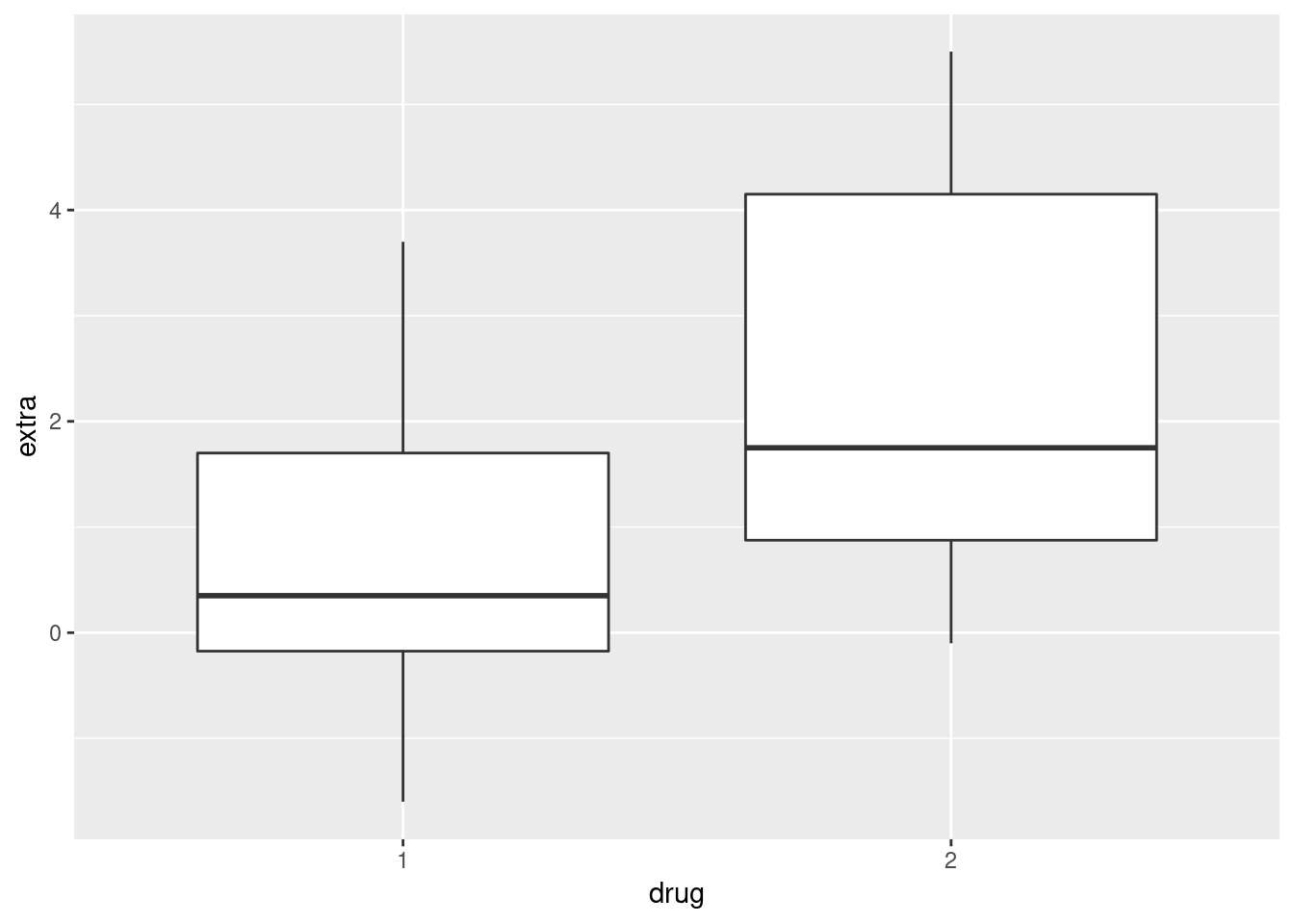
Comparing Measurements Across Several Groups: ANOVA
The means of quantitative measurements from two groups can be compared using Student’s t-test. To compare the means of measurements for more than two levels of a categorical variable, one-way ANOVA has to be used. Here, we’ll explore the parametric, one-way ANOVA test as well as the non-parametric version of the test, the Kruskal-Wallis test, which compares median values.





